Ah...Wang Beard I haven't come out for photography for a long time. It is mainly poor. Since it changed jobs, it is getting poorer...
Therefore, there has been no change in equipment. Of course, I have turned from a male public relations employee who has a Saturday and a Sunday to a waiter in the food and beverage industry. Although I am less tired and less tired, I have less rest time and my body is more tired... There are fewer pictures to take. It was only when the film was burned that it took 11 years to find kung fu and burn it.
In the past two days, the “new owner†photographs taken with our bosses were taken to reflect on the product.
L39 interface Jupiter-11 made in USSR

Lens outline:
Focal length 135mm
Maximum aperture F4, minimum F22
Recent focusing distance 2.5m

Just one day after he arrived, he was tripped to the ground by a friend with a camera and camera, and there was no room for appreciation.

Used with Sony A7. This lens has a linkage focus function, but it can not be installed on the FED-3 side axle, its butt will press the linkage focus handle to the end and then even the turnbuckles are not screwed to the end. What film body can this lens match? I did not want to understand that with the L39 body on hand only FED3, so this lens does not have film lens.
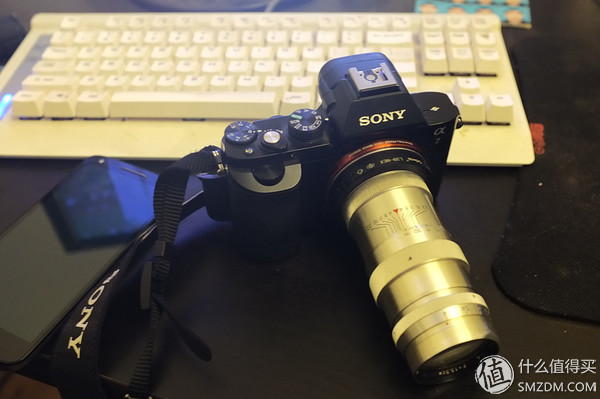
Can be seen to install on the A7 feels quite long, but compared to this, it is still quite small...... Of course, the aperture only F4 fixed focus lens Well ... ...
For a single person, every time I get on this machine and hold it in my hands, I always move involuntarily. It's actually too insignificant.
-------------------------------------------------- ------
Use experience
First of all, similar to many Soviet-style lenses, when it is switched to digital, the light at the shooting location is strong, or at a distance, the contrast of the photo may be very low. Basically, if you don't set JPG contrast or post-production, the photos are not very good-looking, but when used properly, you still have a feeling.



The tone of Lao Zizi's lens can only be described by using a “do-it-yourselfâ€... and the lens of the “Socialist 6X9-Moscow 5†introduced earlier has a similar twist. The 20mm F3.5 wide angle produced by Zenit, which was later disintegrated from the Soviet Union, was completely out of tune. The latter is more like a modern lens - although its predecessor was also a fame.
Let's put two photos to review:


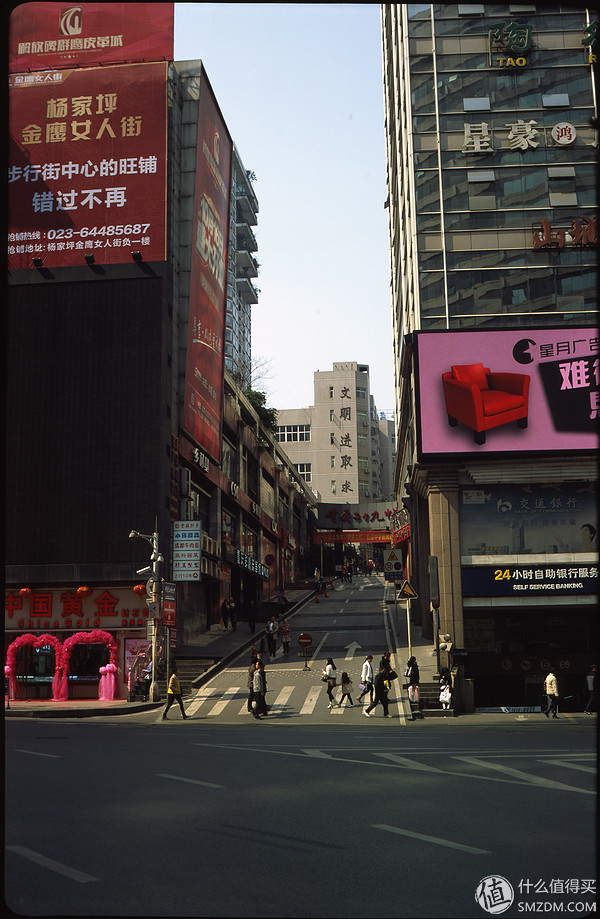
The above three photos are the photos of Moscow 5. The color of the Soviet goods can only be described as "solid." And, just like what we just said, we must bring our own.
Here we look at the contrast, the Jupiter-11's color, right, unless specifically noted, all the pictures in this article are A7 JPG straight out, but the JPG settings I have tuned, STD mode is +1 +1 +1, VIVID is -1 -2 - 1 (in order of contrast, saturation, sharpness)




Color finish, look at the sharpness. No matter what the lens - even including the medium format - if it is not a shelf in hand or light is sufficient, I usually use the aperture to achieve a maximum of one file and two files, then this shot, I am here The picture is basically f4 or f5.6.
Not that the sharpness of this lens is so good that it can be fully opened, but because the aperture of the lens is small, but the safety shutter is still high. So I didn't shrink the aperture more....

Take a look at this one. This is a screenshot of the focus area above it. It looks a bit blurry... OK, I think most of the photos I took with it are all around this state... so I put it up. .

Then red wine with spicy beef, this is straight out. It can be seen that light is particularly important to the Soviet Union's head...

But zooming in and seeing it turned into a dog...

With a close-up ring and a monopod, take a close-up photo to see if the sharpness is OK...

In short, the thumbnail is enough... Hehe. Once the lens is used for close-ups, the biggest enemy is the shallow depth of field and the shallow depth of field.
In the end, you should notice that the lens is barely hidden.
----------------------------------------------
Reviews
In addition to paying attention to the selection of light, it is particularly important to pay attention to the exposure and post-use of Soviet goods. The following figure shows the straight out of JPG. Observing the histogram shows that although the scene was overexposed, details of highlights are still there. After dragging back the exposure and shadows later in the game, the white balance became positive.
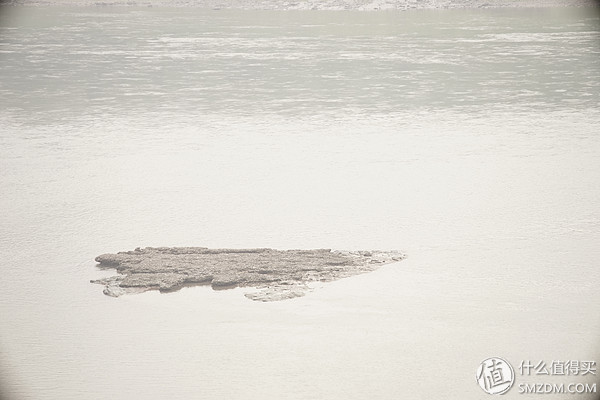

Then everyone must figure out a fact: The closest focus of this lens is 2.5m, which is to let you play in the distance... Well, it's just my misunderstanding, but I have to say that, considering various usages, 135mm is still taken Portrait or scenery is better.

In addition, when you don't want to bother others, you really want to sneak shots. Telephoto is also easier to use...
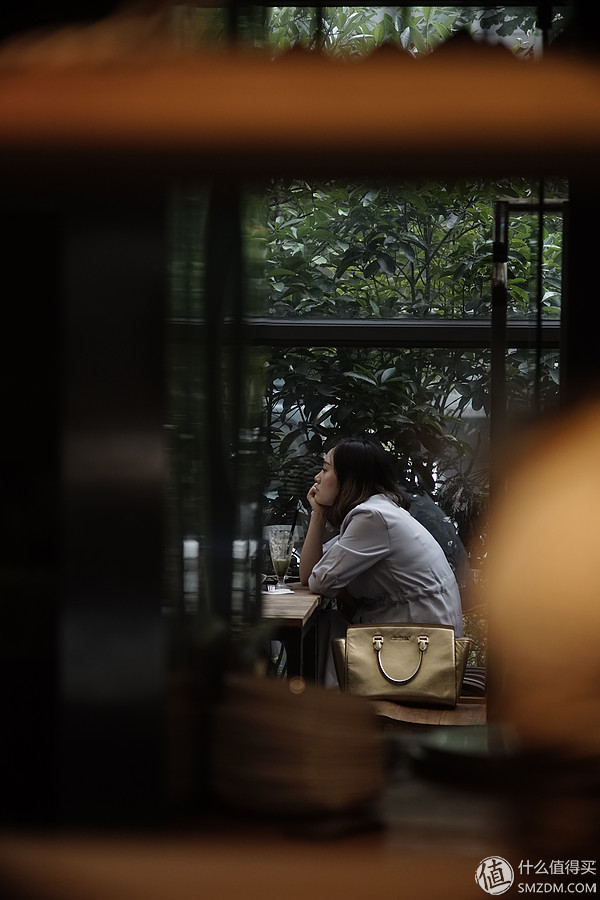
I just curiously zoomed in. The bag is MK...

I think someone must ask why you want to zoom in before you know that it's MK...But...
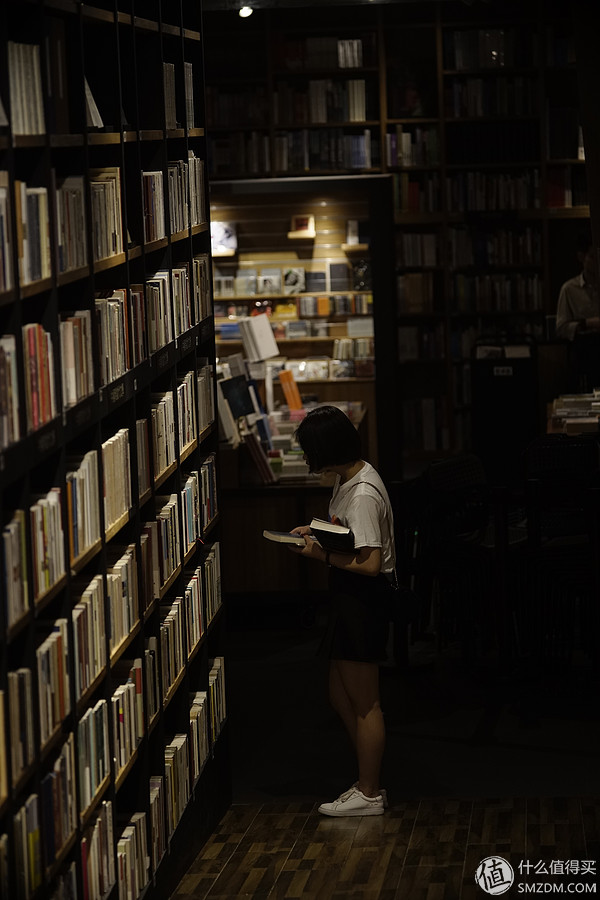
---------------------------------------------
In the end, one has to correct a frequently misleading fact for many new friends: the question of whether the telephoto head “can't shoot the scenery†and “whether it's a shot of a sugary water filmâ€...
First of all, from the photos I have just taken you should see that the telephoto scene is not a strange thing... and it is actually more convenient for you to compose pictures and reduce many of the things in the foreground. If you use 50mm for fishing, then there will be some holly trees and some railings...
As for the sugar water tablets, I think the sugar water tablets are a subject of photography, not an imaging effect... Or the composition of the sugar water tablets should be: “70% of sugar content + 30% of sugar waterâ€. Looking at the last one and the fishing chart, you have to say that they are sugar tablets, I am afraid it is a bit far-fetched.
So what is the reason behind it?
Second, the telephoto landscape is difficult to shoot with a wide-angle or standard mirror - not that because of the darkness, the depth of field, or the composition, I previously discussed one in "Eye and Lens - Both Are Fudge". Question: The relationship between the eyes and the camera shot. In the earlier amateur talks, the relationship between the focal length and the observation method was also specifically mentioned.
When you take pictures with telephoto, the angle of observation and other factors are different from other shots such as wide angle. This is the core difference.
Let’s use the example of fishing: Excluding the clutter that avoids the prospect of relying on telephoto, are we getting a higher perspective?
Imagine if the shot in the hand is 35mm, then even if you just want to make the uncle in the picture the same size as in this picture, you have to go at least a few tens of meters ahead, but! Yes!
With the 135mm lens, I stood on the bank of the riverside embankment, and took one step forward... You fell, but it doesn't matter. You can walk to the river beach, but from the river embankment to the floodplain, the perspective will be lower, and It is down to the same height as the Uncle, and the scenery on the other side of the coast will be in the mirror. Even if the river is not wide enough to see the opposite, the uncle's appearance in the camera must be different. The positional relationship between the uncle and the river and the grass must be different... In short, the entire perspective relationship, the layout of the scenery, and the involved elements of the composition ... all different.
For the scenery, this is roughly the way it is, of course, if you choose to use only 21mm - whether it's steel or Dstar steel or live steel, show off the Angulon or something ... after the film is taken home and then all cropped A 135mm viewing angle... I can only say that you won...
Then talk about portraits.
Some people say that telephoto shooting is to pull people out of the scenery. It's also wrong. What's wrong is that as long as the composition is done properly, you can shoot the scene with no problem. Saying both ends, even if you use the ultra-wide-angle, if you do not take this tour to shoot people as large as sesame seeds, then it must be close to the model to take pictures, after the close, the depth of field will also be shallow, if you are still using a large aperture , it really may not be able to get people also clear the scenery is also clear water in the end of the photo.
In addition, the focus is not a point. It is a plane. With a good focal plane, you can still photograph a lot of things.
So, what is the part of the above statement? It is to pull away from the word, but we can use it to metaphorically explain it as "a sense of detachment."
That is to say, due to the high concentration of the composition, a series of differences brought about by the telephoto shooting distance, the angle, and the special perspective relationship in this case... In combination, it seems that the figure is more likely to stand out in the photo, or in all directions Prominence - the protagonist is particularly strong.
The movie shooter likes to use a narrow-angle lens when the characters are monologue and highlighting characters. I think there is a reason for this.


Say that sweater I like it too much.
----------------------------------
"Do you know that the two shots above were shot with 'Telephoto'?"
Well, I don't know, I guess.
[END]